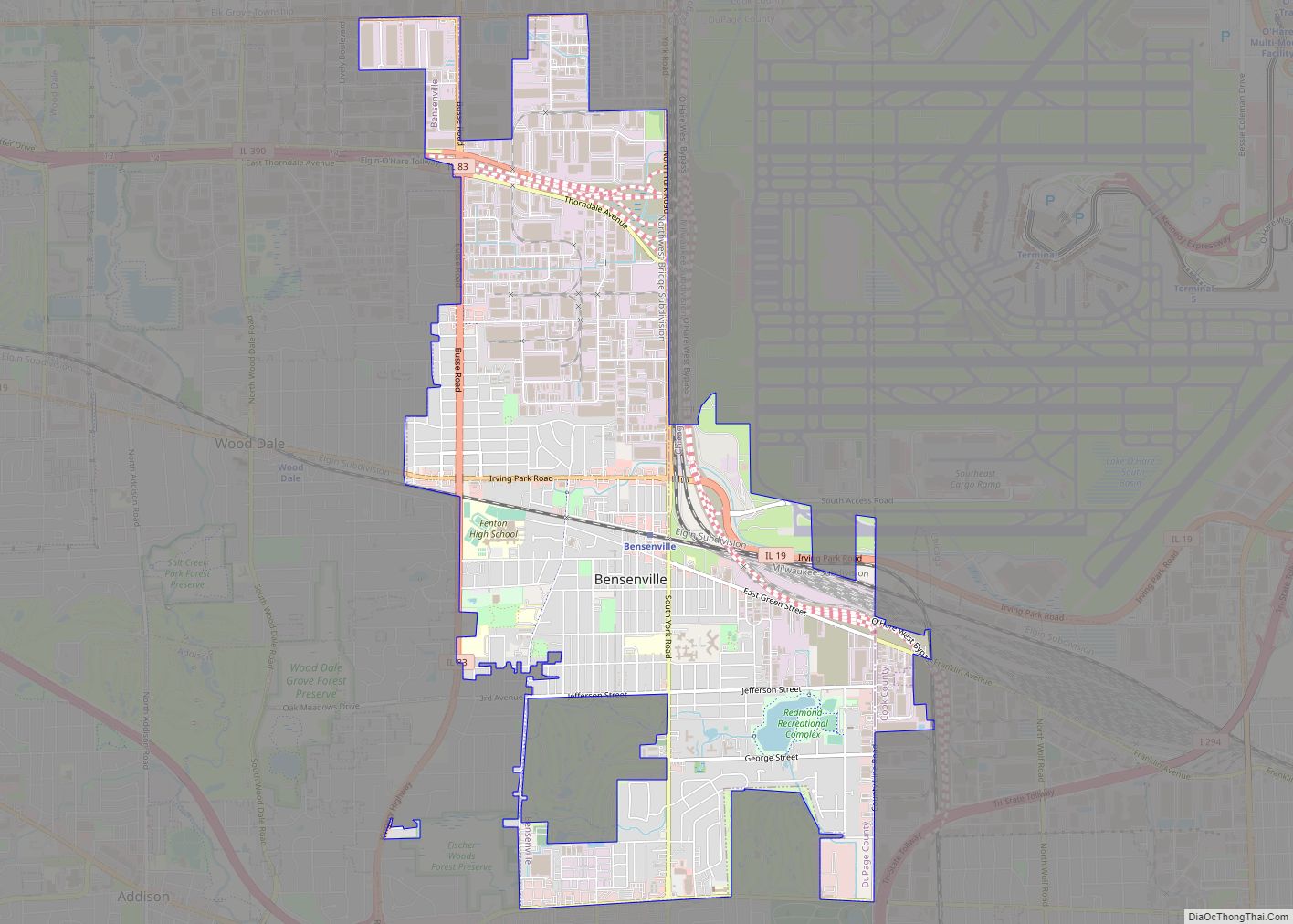Personal Data Sheet Army: Essential Tips For Accurate Completion

In the structured world of the military, precision and attention to detail are paramount. This ethos extends to the seemingly mundane task of filling out a Personal Data Sheet (PDS) in the Army. While it may appear straightforward, the PDS is a critical document that serves as the foundation for your military record, influencing everything from promotions to benefits. This comprehensive guide delves into the intricacies of completing your Army PDS accurately, ensuring compliance and safeguarding your career.
Understanding the Significance of Your PDS
Your Personal Data Sheet is more than just a form; it’s a snapshot of your military identity. It encompasses vital information, including:
Personal Identification: Name, Social Security Number, date of birth, and contact details.
Military History: Enlistment date, rank, unit assignments, deployments, and training records.
Education and Qualifications: Academic degrees, specialized training, certifications, and language proficiency.
Awards and Decorations: Recognitions for meritorious service and achievements.
Dependents and Emergency Contacts: Information crucial for family support and emergency situations. The Consequences of Inaccuracy
Errors on your PDS can have far-reaching consequences: * Delayed Promotions: Inaccurate information can stall promotion boards, hindering career advancement. * Benefit Discrepancies: Incorrect data can lead to miscalculations in pay, allowances, and retirement benefits. * Security Risks: Outdated contact information or incorrect emergency contacts can pose serious risks in critical situations. * Administrative Hassles: Rectifying errors requires time-consuming paperwork and potential delays.
Navigating the PDS: A Step-by-Step Guide
Obtain the Correct Form: Ensure you have the most up-to-date version of the Army PDS form, typically available through your unit administration or online portals.
Gather Supporting Documents: Collect documents like birth certificates, marriage licenses, diplomas, training certificates, and award citations to verify the information you enter.
Read Instructions Carefully: Pay close attention to specific formatting requirements, definitions, and instructions for each section.
Accuracy is Paramount: Double-check every entry for correctness. Even minor typos or omissions can cause problems.
Completeness is Key: Fill out all applicable fields. If a section doesn’t apply, clearly indicate “N/A” (Not Applicable).
Legibility Matters: Use black or blue ink and write clearly. Illegible handwriting can lead to misinterpretations.
Dates and Signatures: Ensure all dates are accurate and in the required format (MM/DD/YYYY). Sign and date the form in the designated areas.
Seek Assistance: Don’t hesitate to consult your unit administrator or personnel specialist if you have any doubts or questions. Common Pitfalls to Avoid
Outdated Information: Regularly review and update your PDS, especially after significant life events like marriages, divorces, or address changes.
Inconsistent Formatting: Stick to the prescribed format for dates, addresses, and other fields to ensure consistency and readability.
Omitting Details: Provide complete information, even if it seems insignificant. Missing details can create complications later.
Rushing the Process: Take your time and review your PDS thoroughly before submission.
Beyond Accuracy: The Ethical Dimension
Completing your PDS accurately is not just about administrative compliance; it’s a matter of integrity. Providing false or misleading information is a serious offense with severe consequences, including disciplinary action and potential discharge. Leveraging Technology
Many Army units now utilize electronic PDS systems, streamlining the process and reducing errors. Familiarize yourself with the specific platform used by your unit and take advantage of its features for efficient updates and record-keeping.
Maintaining a Pristine Record
Your PDS is a living document that evolves throughout your military career. Treat it with the same care and attention you would give to your weapon or equipment. Regularly review and update it, ensuring it remains an accurate reflection of your service and achievements.
Frequently Asked Questions (FAQ)
How often should I update my PDS?
+Update your PDS whenever there are significant changes to your personal information, military status, or qualifications. This includes address changes, promotions, marriages, divorces, and completion of training courses.
What happens if I make a mistake on my PDS?
+Minor errors can often be corrected by submitting a revised PDS. However, deliberate falsification of information is a serious offense and can lead to disciplinary action.
Who has access to my PDS?
+Access to your PDS is restricted to authorized personnel who require the information for official purposes, such as personnel management, promotions, and benefits administration.
Can I request a copy of my PDS?
+Yes, you have the right to request a copy of your PDS from your unit administration or personnel office.
What if I have questions about specific sections of the PDS?
+Consult your unit administrator or personnel specialist for guidance on completing specific sections of the PDS. They can provide clarification and ensure accuracy.
Conclusion: A Reflection of Your Service
Your Personal Data Sheet is more than just a bureaucratic form; it’s a testament to your dedication and service. By approaching its completion with diligence and accuracy, you not only ensure administrative compliance but also safeguard your career and uphold the integrity of the Army. Remember, a meticulously maintained PDS is a cornerstone of a successful military career.



